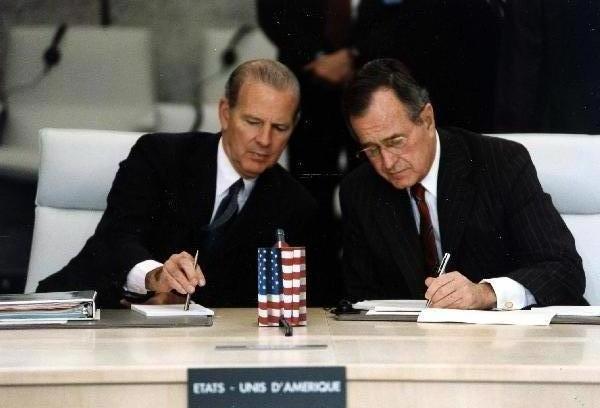Glitter Ban
November 6, 2020
In an attempt to remove a frequent polluter from the holiday markets, Great Britain and many cities across the world are currently contemplating a season wide ban of glitter. Major British businesses have already announced their intention to remove all glitter from their products this season. While it may seem insignificant, the tiny plastic particle is actually a major issue as it is small enough to be a micropollutant, which is much harder to combat as the pieces of plastic are typically only a bit bigger than a grain of sand. A Bloomberg op-ed went viral on Twitter addressing why the ban would be ineffective, and is simply a case of performative activism with companies focusing on the cheapest solution possible without making strides to enact real change. These possible bans have led the world to contemplate a glitter free Christmas, as well as a rising fear of the impact on cultural staples like the hit HBO series Euphoria and glitter encrusted icons like Ke$ha.
Glitter bans and anti glitter conversations have been happening for years. The micropollutant is not only dangerous for aquatic wildlife, but can also be highly annoying due to the “staying power” it has. There is concern over how glitter is manufactured, as the shine and metallic appearance may be a sign of additives that have the capacity to cause even more harm in nature. Any added elements in nature tend to have negative consequences. Microbeads, another micropollutant that ends up in the ocean, were banned by the US in 2015, but glitter, specifically craft glitter, was not banned in the Clean Water Bill. In fact, even glitter used in makeup was affected by the ban forcing companies to change what their glitter was made up of. Craft glitter was considered beyond the scope of the bill, but there is still support for a nationwide ban of the micropollutant.
Treehugger.com describes glitter as a “down the drain” product as it is typically used to be worn and then washed off. Even when being used for crafting purposes there is always excess glitter that is wasted during the application process, either lost in the living room carpet forever or thrown away only to eventually make it into a body of water. Glitter is in lip gloss, eyeshadow, Christmas cards, clothes, toys, and almost every piece of decor sold at Target. There are serious reasons for concern with how prevalent micropollutants have become, though glitter only makes up approximately 01% of the plastic pollution problem. Single use plastics have been on the rise due to the increased need for sterilized utensils during COVID 19 and the holiday season is made up of clunky plastic packaging and fast fashion that only lasts one season. There is still so much trash produced during this time of year, making the glitter solution seem small in comparison.
The new wave of activism, even though it is littered with companies using performative activism to gain support from consumers, is still a step towards a future with less plastic wasted each year. Three major chains in Great Britain have stopped the flow of glitter production this holiday season. This may be a small step toward climate activism as there will be less plastic going straight into the ocean once the new year rolls around. As for Drag Queens and glitter studded youths, the makeup industry has already survived a glitter ban right in the middle of the highlight-crazed 2010’s. Banning glitter did not remove the sparkle from makeup products, but rather forced companies to be more creative and seek less wasteful means of satisfying consumer demands. Next year, Britain could come out with biodegradable glitter to fill the void, if any, felt this season. Removing plastic from the equation does not mean that life has to radically change. All it means is that less fish will die from having stomachs full of glitter and bits of plastic left behind from everyday life.








